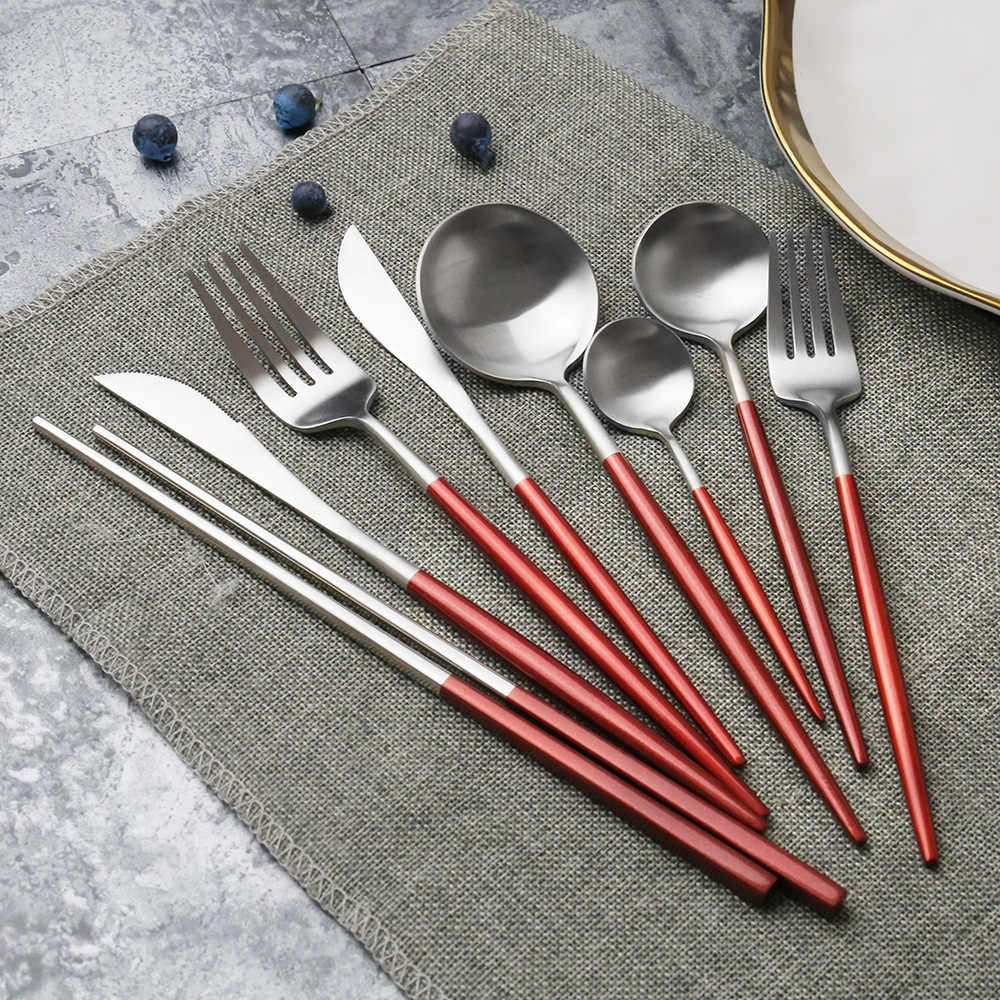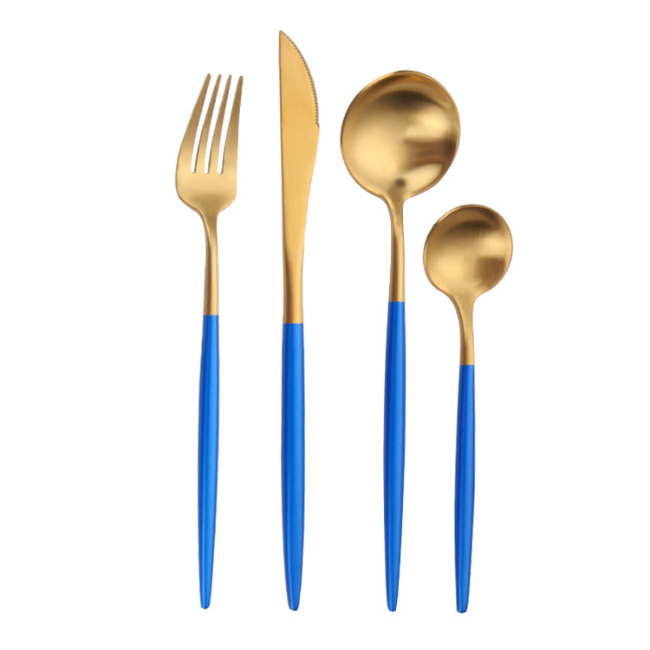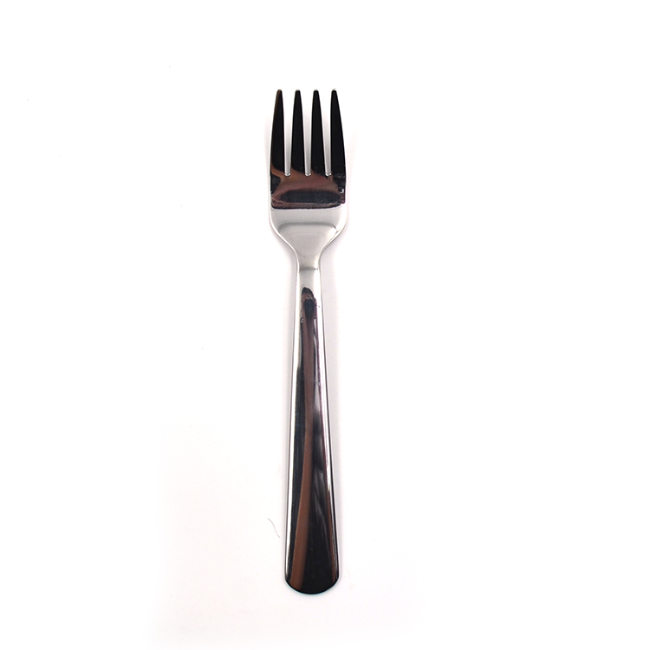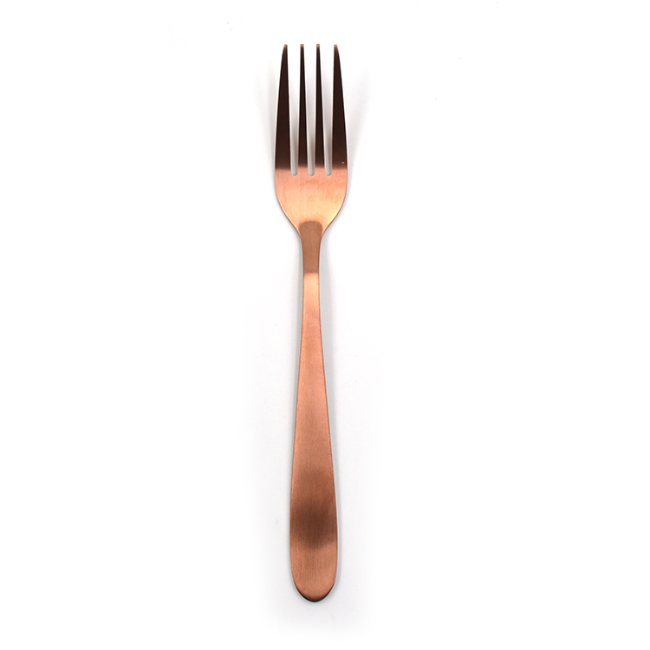
28 May
How is Wooden Cutlery Made?
How is Wooden Cutlery Made?Wooden cutler...
How is Wooden Cutlery Made?
Wooden cutlery has gained popularity in recent years, especially among those looking for eco-friendly alternatives to plastic and metal. The natural beauty and durability of wood make it an appealing choice for utensils, especially for special occasions and eco-conscious individuals. In this article, we’ll explore the process of how wooden cutlery is made, including popular items like the stainless steel serving spoon with a wooden handle, and other kitchen essentials such as the black Friday kitchen knives and knife with stand sets from Homefelt.
1. The Benefits of Wooden Cutlery
Before we get into the manufacturing process, let’s discuss why wooden cutlery is so desirable:
Eco-Friendly: Wooden cutlery is biodegradable, making it an excellent choice for those looking to reduce their environmental footprint.
Aesthetic Appeal: Wooden utensils have a rustic, charming appearance that adds a unique touch to any table setting.
Durability: Quality wooden cutlery can last for years if properly cared for.
2. The Process of Making Wooden Cutlery
The creation of wooden cutlery involves several stages, each requiring a skilled artisan’s touch:
a) Selecting the Right Wood
The first step in making wooden cutlery is choosing the right type of wood. Hardwoods such as maple, oak, and walnut are commonly used due to their strength and smooth texture. These types of wood are ideal for cutlery because they are durable, easy to carve, and resistant to wear.
b) Cutting and Shaping
Once the wood is selected, it is cut into the appropriate shapes for different types of cutlery. This includes spoons, forks, and even stainless steel serving spoon handles. Skilled craftsmen use precision tools to shape the wood, ensuring that the edges are smooth and the piece is comfortable to hold.
c) Sanding and Polishing
The next step is sanding the wooden pieces to achieve a smooth, flawless finish. After sanding, the pieces are polished to enhance the natural beauty of the wood. This process also removes any rough spots and ensures the wood is safe to use in the kitchen.
d) Adding Stainless Steel Components
In many cases, wooden cutlery is combined with stainless steel for added strength and functionality. For instance, a stainless steel serving spoon might have a wooden handle, creating a beautiful and durable combination. Homefelt, a well-known manufacturer, often combines these two materials to produce high-quality cutlery that offers the best of both worlds.
3. The Role of Homefelt in Wooden Cutlery Manufacturing
Homefelt is a leader in the cutlery industry, known for producing both stainless steel and wooden cutlery. Their products are crafted with care, ensuring that each piece is durable and aesthetically pleasing. From black Friday kitchen knives to knife with stand sets, Homefelt offers a range of products that combine the elegance of wood with the strength of stainless steel.
4. Caring for Wooden Cutlery
To ensure that your wooden cutlery lasts, proper care is essential. Wooden utensils should be hand-washed rather than put in the dishwasher to prevent cracking and drying out. It’s also important to regularly oil the wood to maintain its luster and prevent it from becoming brittle.
Conclusion
Wooden cutlery is not only beautiful but also functional and eco-friendly. By choosing wooden utensils, like the stainless steel serving spoon with a wooden handle or a knife with stand set from Homefelt, you can add a unique touch to your kitchen while also helping to protect the environment. The process of making wooden cutlery requires skill and attention to detail, ensuring that each piece is a work of art designed to last.





